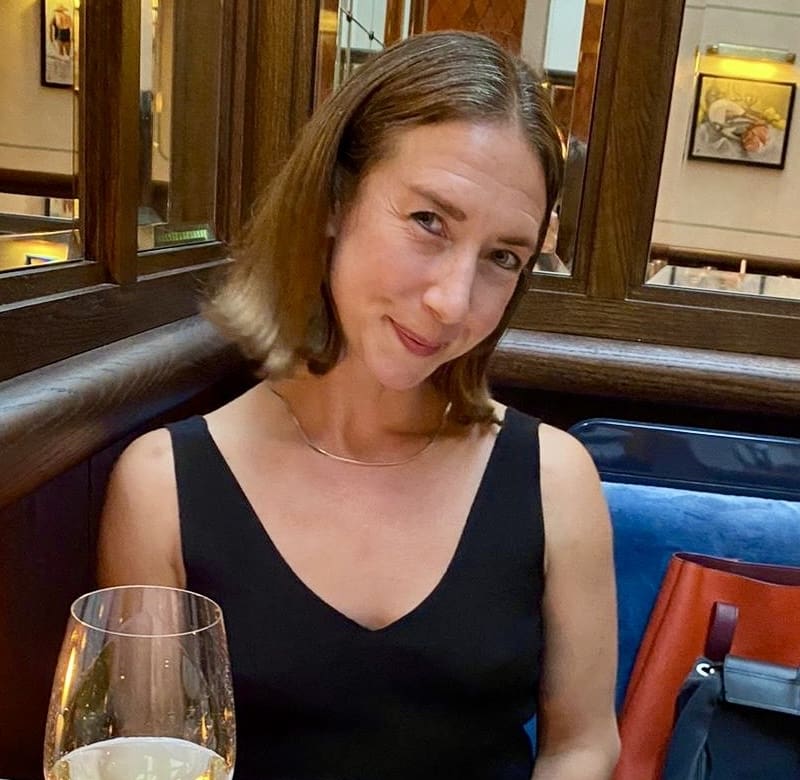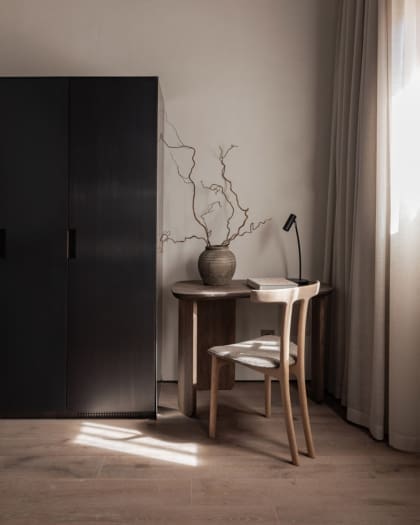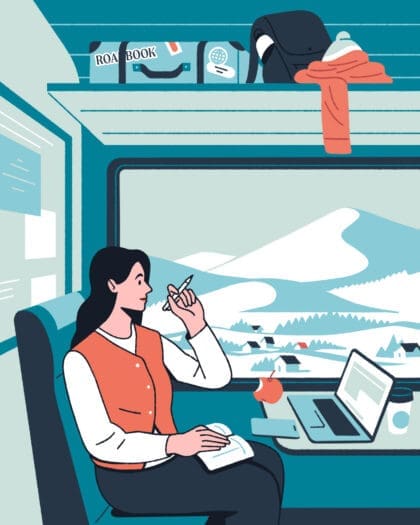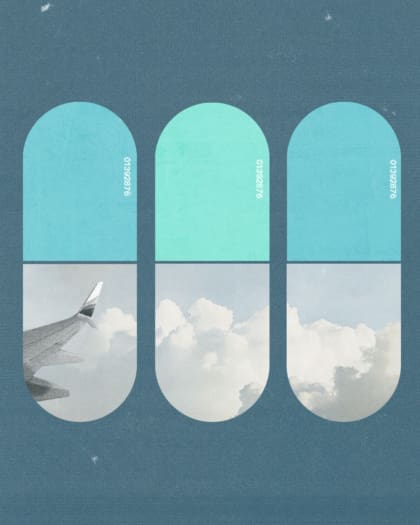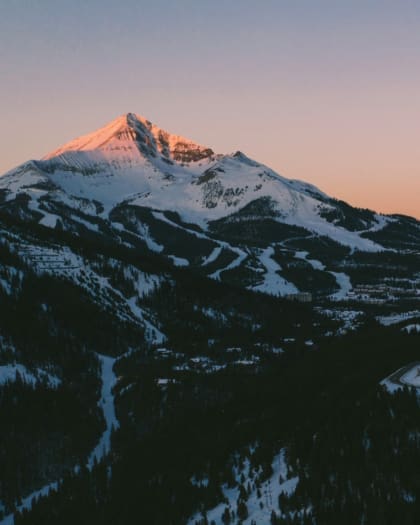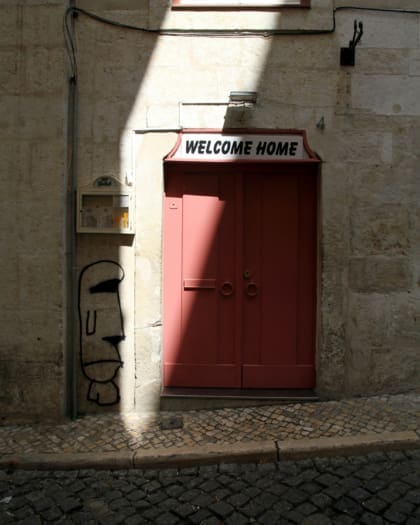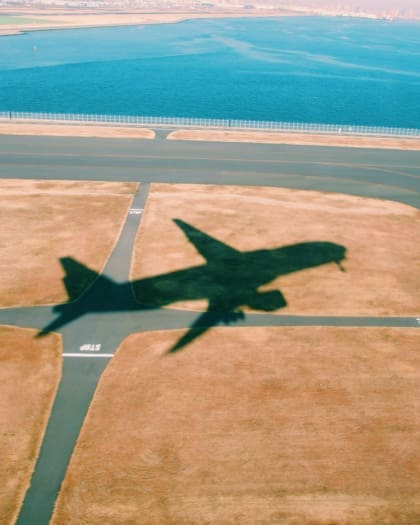
Away from the algorithm, do unique travel experiences still exist?
Whether it’s overhyped beauty spots, Tiktok travel fads or a nagging feeling that hotels are all starting to look the same, we explore the role algorithms are playing in shaping the travel experience – and how to break free
Travel was once the ultimate quest for novelty and adventure. Jump cut to 2024 and our smartphone habit seems to have altered the entire experience. From destination inspiration to dinner bookings, ticket purchases to overcoming language barriers, our devices have smoothed out many of the kinks of overseas travel. But beyond racking up ad dollars for tech conglomerates, what might be the price of such progress? Potentially, the thrill of adventure itself.
While once it was the great unknown that held the greatest appeal, social media feeds can make it look like most travellers are merely rotating between “in” destinations such as Hydra, Sintra and Panarea, where tourist hordes queue for the perfect Instagram backdrop. Our online fixation is also responsible for a lingering feeling that many places now look the same; the hotel industry has been steamrolled into a global pancake of oatmeal-hued, mid-century appointed, pendant-lamp lit, small plates-serving monotony. Yet while the recent dominance of quiet luxury as a design trend may be inoffensive, how likely is a latte-coloured suite to linger in memory?
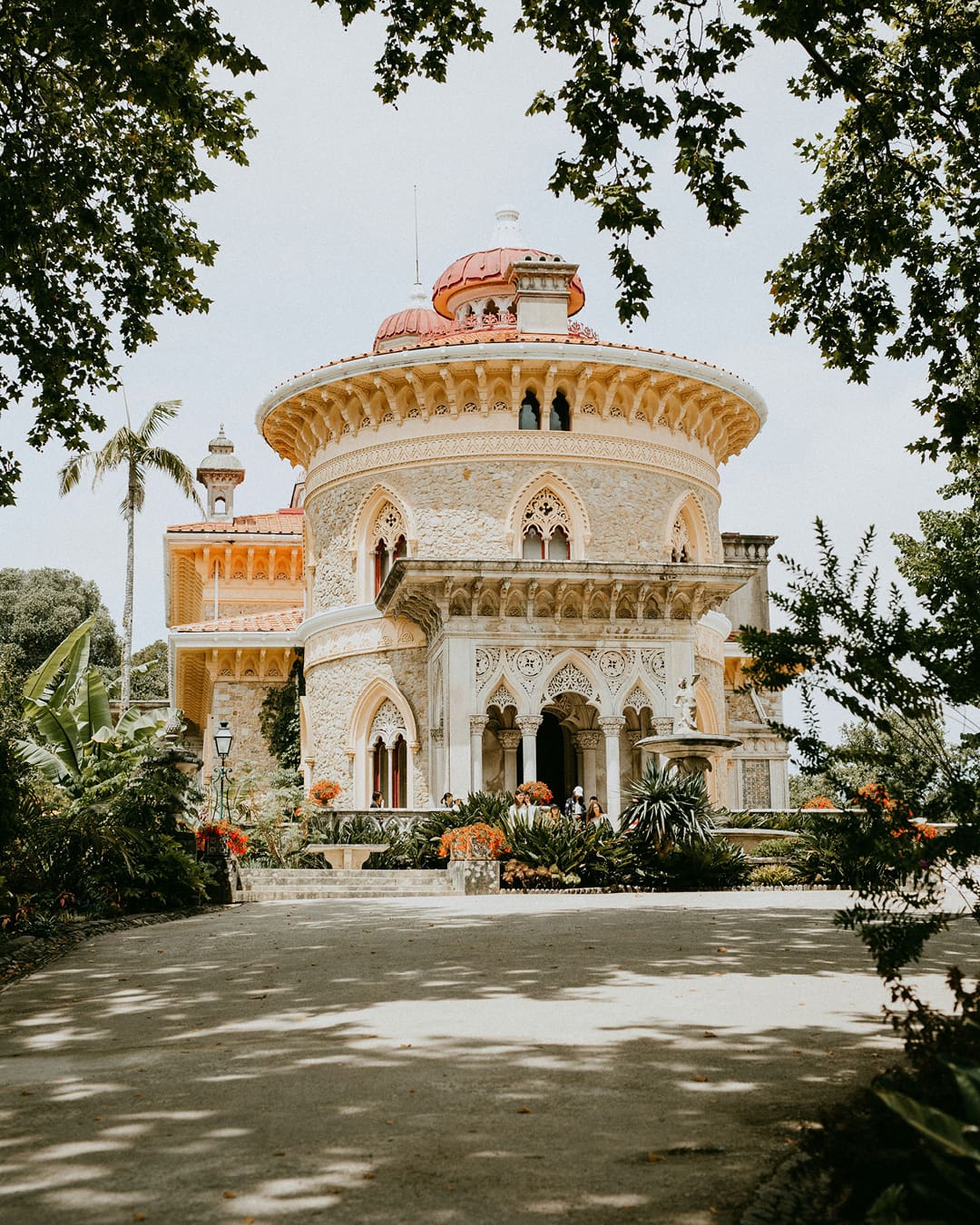
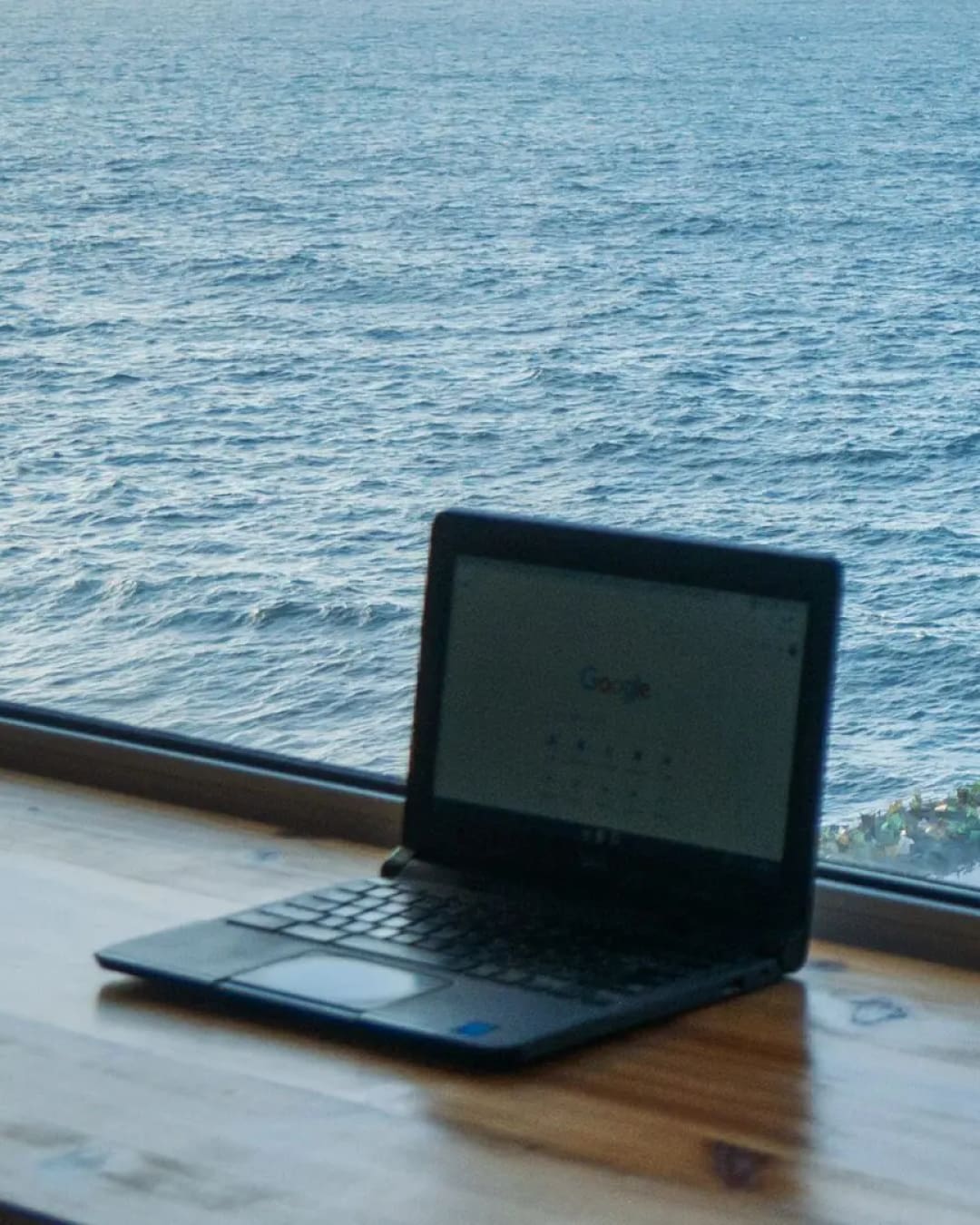
Have we really seen it all before?
Naturally, that’s not the whole story. But the algorithms that power platforms such as Instagram and TikTok are programmed to amplify what’s already popular – a turbo-charged version of traditional destination marketing. Thus #hot destinations, including those that reflect trends such as ‘set-jetting’ – heading to famed television and film locations including those used by HBO’s The White Lotus (season two made a star of Sicily’s Taormina) – rocket to the top of our feeds.
This happens no matter if that on-trend content was created or shared by an oblivious friend, or an influencer in a location precisely because their content will be algorithmic gold. TikTok particularly favours videos of repeatable behaviours, which goes some way to explaining this summer’s fads, from the dubiously titled craze for ‘raw-dogging’ flights (ie, not drinking, eating, moving or watching anything at all while in the air) to acting mindful and demure while travelling, or sharing tours of international grocery stores.
Still, it’s strange how deleterious travel content can be for one’s curiosity. In its place, fatigue and FOMO can set in. This spring, Kyle Chayka, The New Yorker’s online culture columnist, published Filterworld: How Algorithms Flattened Culture, which explores how digital technologies such as Spotify, Google Maps and social media platforms – along with their attendant algorithms – have affected our culture and behaviours. It traces how we’ve landed in this predicament where we’re drowning in content that offers endless choice while already feeling absolutely over all of it. “Filterworld and its slick sameness can induce a breathtaking, near-debilitating sense of anxiety,” says Chayka. “The sameness feels inescapable, alienating, even as it is marketed as desirable. The bounds of aesthetic acceptability become tighter and tighter until all that’s left is a column in the middle.”
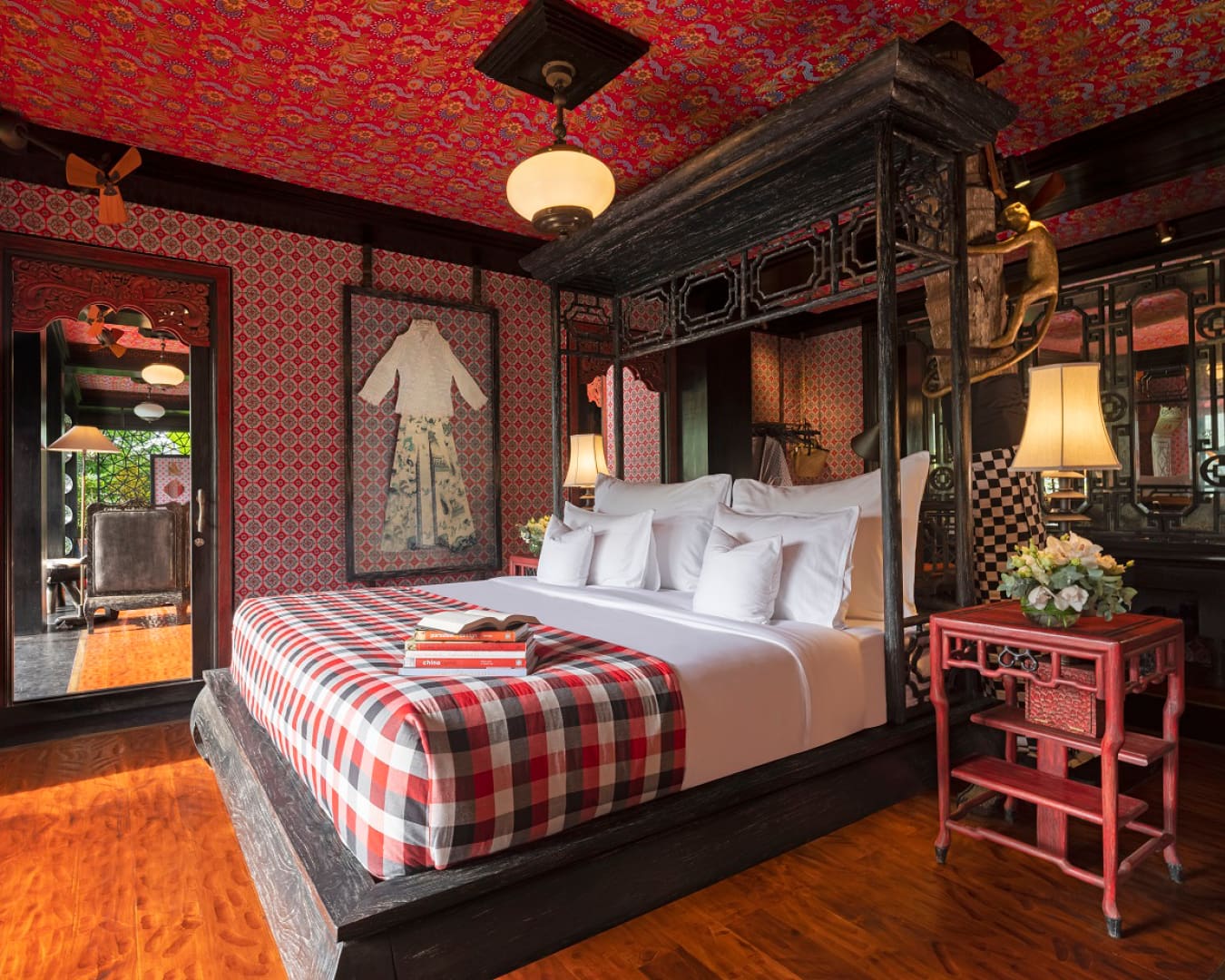
Homogeneity rules
One aesthetic that’s been nigh on inescapable in recent years is the trend for quiet luxury, which can manifest as cream-on-cream hotel interiors – and sits smack in the epicentre of that central column. “Many hoteliers think beige on beige is safe – I am not convinced. I am at Le Bristol [arguably Paris’ premiere luxury hotel] for the Olympics, and while the service is terrific, the rooms are wall-to-wall beige,” says Bill Bensley, the maverick designer and architect with a reputation for creating steadfastly original, sustainable hotels such as Capella Ubud, Shinta Mani Wild and Four Seasons Koh Samui (the latter, as it happens, where White Lotus’ third season is filming – making it a dead-certain future hotspot).
As Jenny Southan of travel trend forecaster Globetrender says, “The homogenisation of aesthetic and cultural preferences in hospitality spaces is undeniable. There’s been a shift towards a more universal design language that prioritises comfort and Instagrammability.” Restaurants and cafes – no matter if in Berlin, Tokyo or Buenos Aires – also seem to have been afflicted by algorithm-baiting aesthetics. The ‘generic coffee shop’,with its mandatory solid wood counter, La Marzocco coffee machine, preponderance of pot plants, laptop-friendly seating and white-washed walls, is perhaps the most recognisable of Chayka’s examples of cultural globalisation. Wherever they may be, such establishments persistently attract clients. As he writes: “Algorithms are manipulative, the apps guide [us] through physical space to places that have adopted digitally popular aesthetics, winning attention and ratings from other users. With higher ratings comes yet more algorithmic promotion, and thus more visitors.”
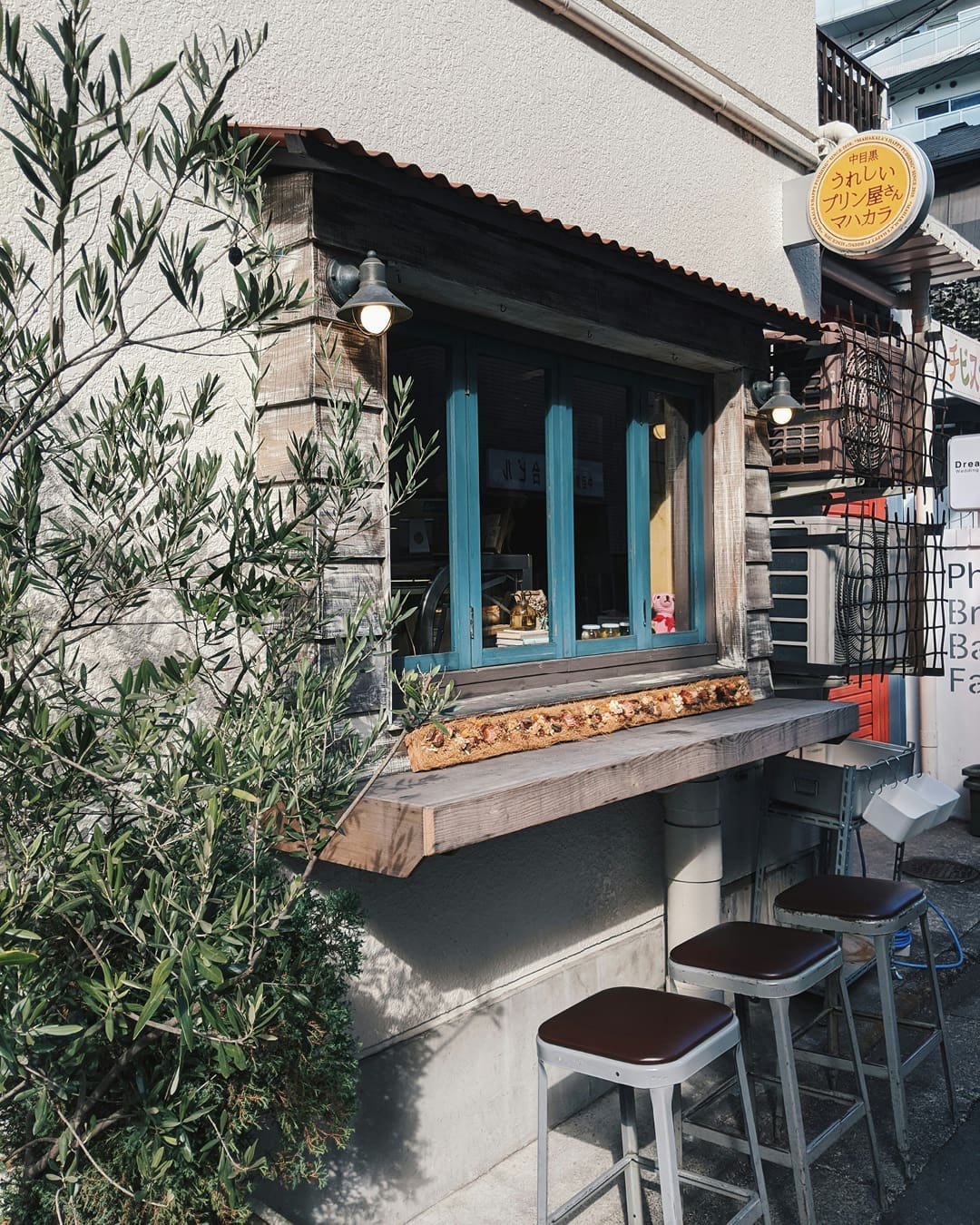
At the opposite end of the design spectrum lies another algorithm-friendly trend: maximalism, the most renowned champion of which is feted designer Martin Brudnizki, whose clients include hospitality titans such as The Dorchester, Belmond, Soho House and Rosewood Hotel as well as London’s striking Broadwick Soho. While Brudnizki’s projects exude star quality, the spinoffs and copycats they’ve inspired have resulted in a formulaic ubiquity of bright furnishings, artfully layered fabrics and patterned wallpapers that somehow meshes all that vividness into meh. Much like the mid-century modern tidal wave that preceded maximalism, familiarity has a habit of breeding, well, if not contempt, certainly indifference.
“I have known for decades that the moment I repeat anything design-wise we are washed up,” says Bensley, when discussing how he and his atelier consistently deliver unique spaces without regurgitating ideas or conforming to trends. “I thrive, like a sponge, on new cultures and materials – on new ways of doing things and [enabling] things to grow.”
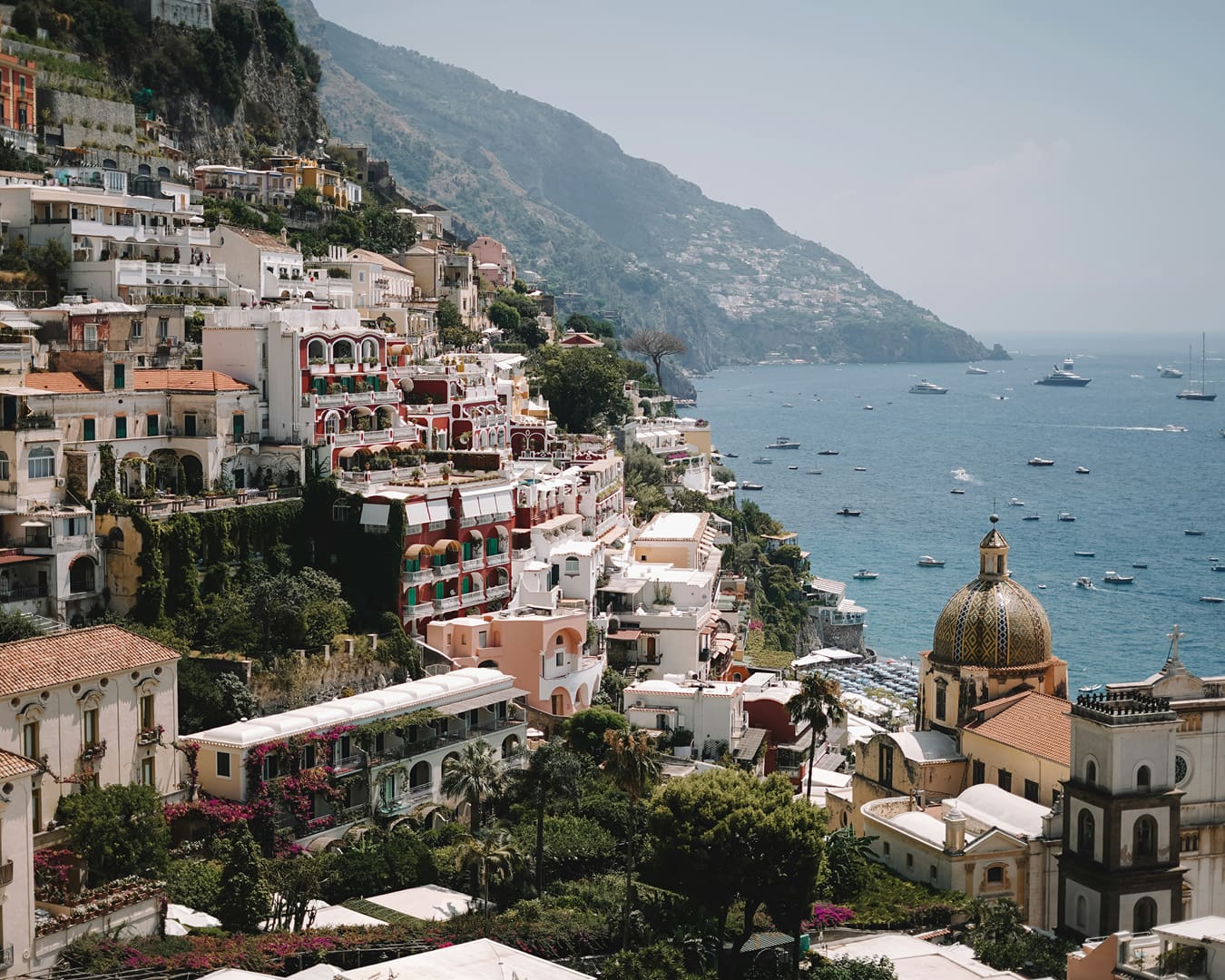
Is anything authentic anymore?
Like Bensley, we’re individuals with singular preferences and tastes, retaining agency to experience what we desire. Away from the algorithmic hall of mirrors, it is possible to find novelty and authenticity in destinations, art, culture and design. Our scope for adventures that create life-long memories has never gone away – we just may have forgotten it’s there. Reaching for Filterworld on the terrace of the ravishing Palazzo Previtera on a recent visit to Sicily, as Mount Etna puffed smoke above the tranquil gardens, a bird crapped on the cover – a handy reminder to stay present in that moment.
My visit to this idyllic Sicilian ‘museum with rooms’ was spurred by a longing for immersion in an authentic artistic space in a place I’d never been. Palazzo Previtera, which as well as being a bed and breakfast, runs two galleries and a vibrant artistic residency programme, was recommended by a friend as opposed to an algorithm. On Instagram, it exuded aesthetic wealth; up close, it was breathtaking.
Painstakingly restored by generations of Previteras, who’ve been involved in the arts since the 1600s, it’s now run by family member Alfio Puglisi, who explained they remained faithful to the original architecture and decor regardless how internet-friendly any of it was – while adding contemporary touches. “We can’t have square white cubes here. Old buildings challenge you,” he says. “The hospitality and creative industries need to converse about how to balance market interests with authenticity – otherwise we flatten everything. A place has to narrate its own history, and communicate with its surroundings.”
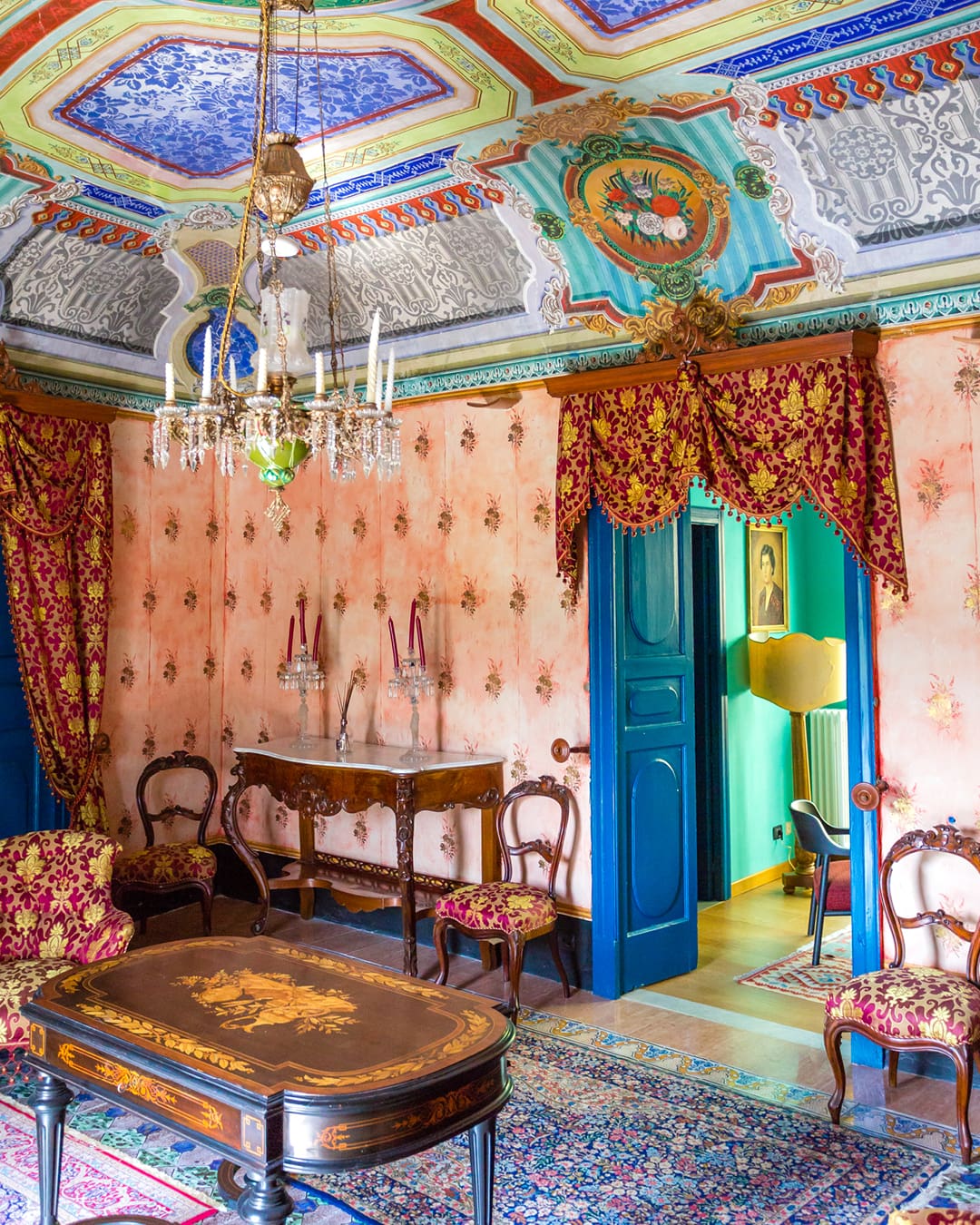
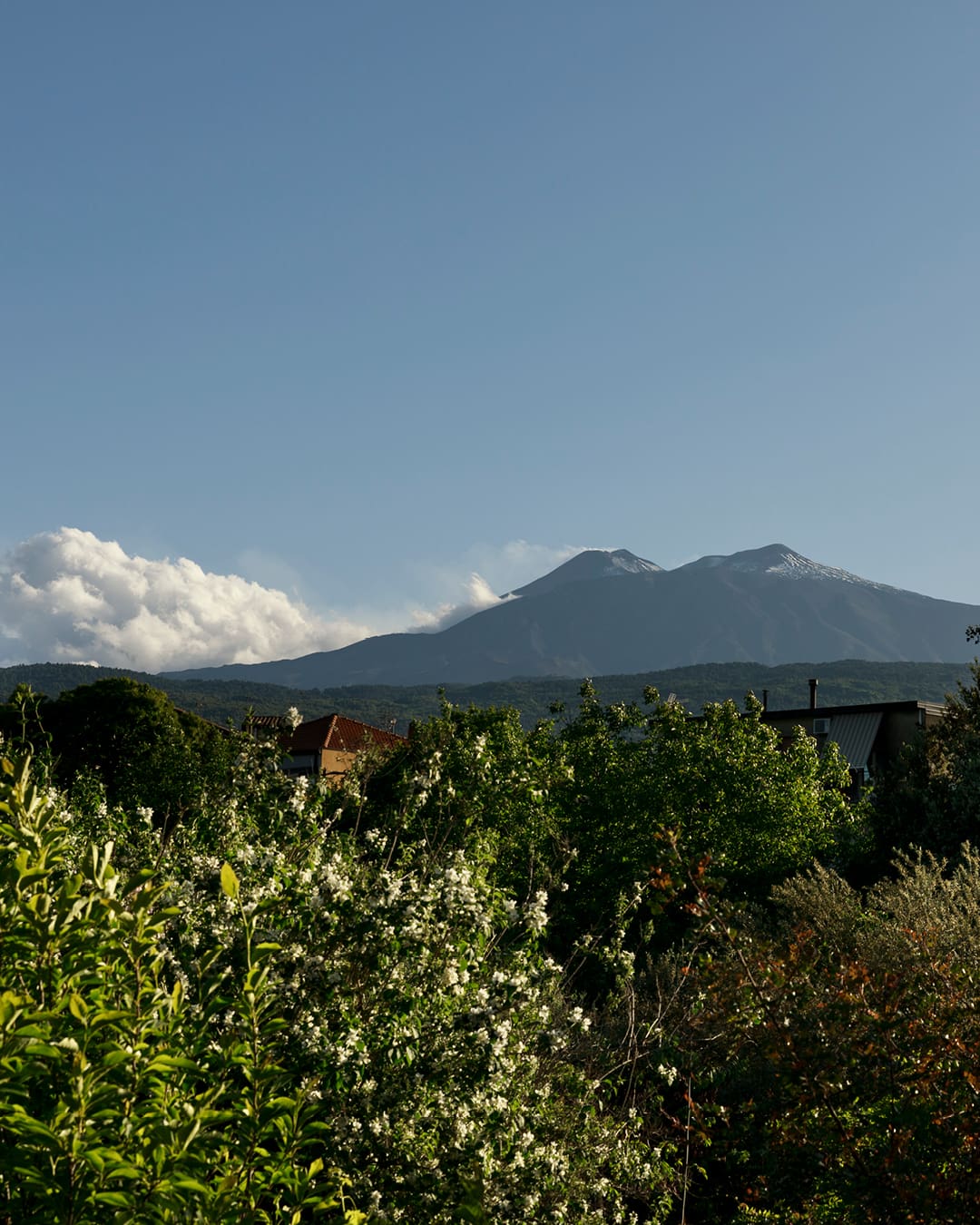
Celebrity designer Kelly Wearstler, whose hotel design portfolio includes multiple sites for the Proper Hotel group, is also a proponent of seeking inspiration from a building’s vicinity when fashioning its interiors. “Anchoring a hotel interior in its location is crucial for creating an authentic experience, whether by infusing it with works by local creatives, or by using materials reflective of that environment,” she says. When creating the Downtown LA Proper, she blended elements from the area’s past and present. “One of my favourite features is the reception’s wall mural, which was designed and hand-painted by local artisan Abel Macias, who drew upon the flora and fauna motifs of Mexican folklore,” she says.
What’s unique about TikTok?
It’s not just me who’s craving originality. Perhaps in a bid to awe that online ennui out of our systems, more of us are demanding ‘uniqueness’ when travelling: only 16 per cent of responders in British Airways’ trend report sought popular hotspots, while a Mintel Insights paper found Millennial and Gen Z respondents favoured ‘unique’ experiences over known destinations. A Forbes feature on how Gen Z might reshape travel claimed 70 per cent of the generation seek experiences their family and friends won’t have thought of.
The biggest behavioural shifts are where inspiration for such trips are found, and how itineraries are planned. Unsurprisingly, Instagram and TikTok feature hugely as travel inspo for Millennials and Gen Z, which, given how trend-laden these apps are, seems to counter their goal of finding ‘unique’ experiences. Mintel’s survey found three quarters of Gen Z’s holiday ideas were influenced by social media, while BA reported 23 per cent of UK TikTok users have booked a trip directly inspired by content on the platform. Its user base is soon to hit 1.8 billion, with active users spending around 49 hours per month on the service. In a Time Out study on Gen Z travel trends, 60 per cent of respondents stated TikTok was their primary source of inspiration.
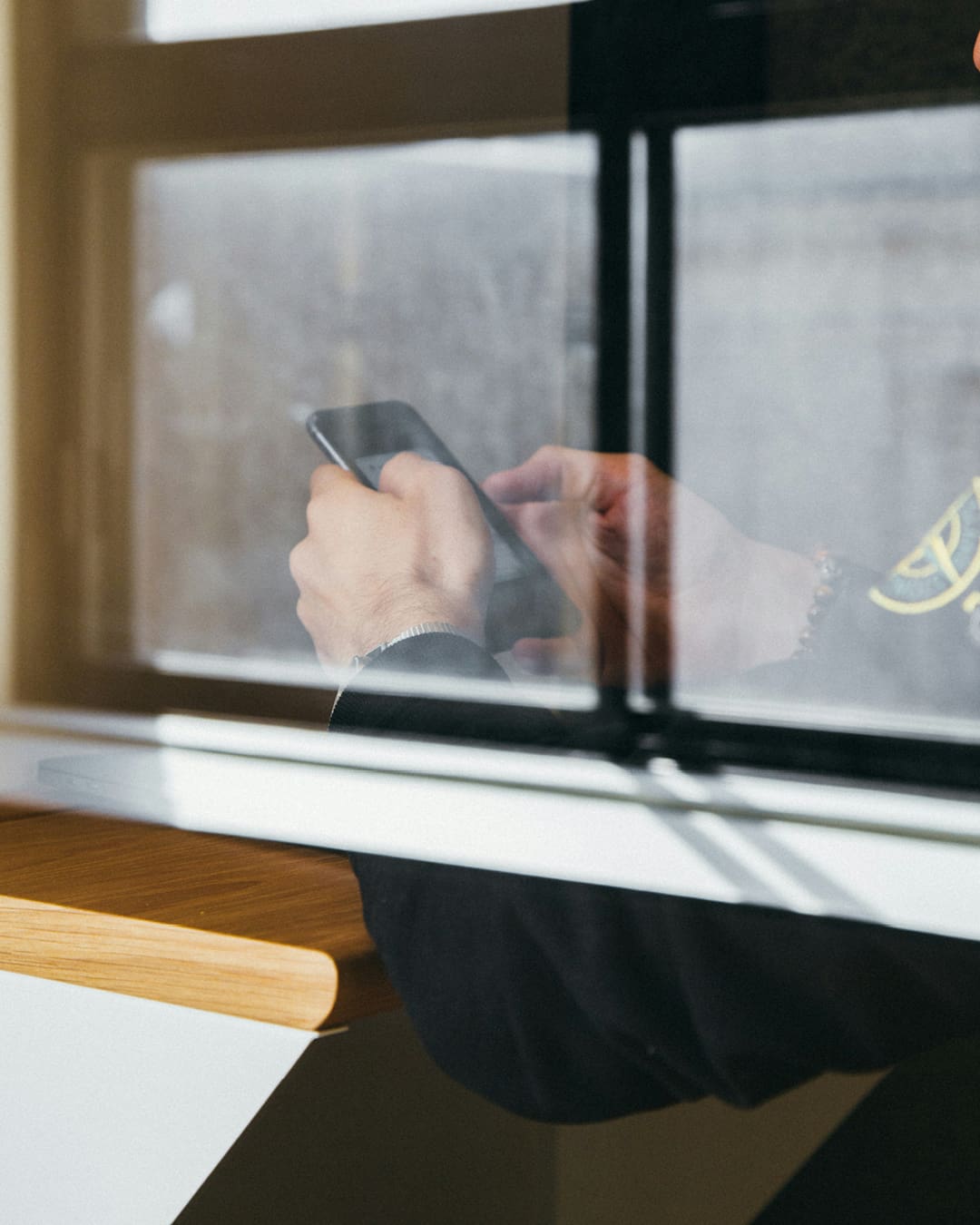
“Platforms such as TikTok have exponentially accelerated travel trends and hype cycles,” says Southan, who concurs TikTok’s influence on travel is superseding that of Instagram. “A destination can go from being relatively unknown to a must-visit hotspot in a matter of days. This rapid dissemination of inspiration is both exciting and overwhelming, often leading to over-tourism and a diluted travel experience.” The once delightful Sintra is currently suffering acutely from over-tourism, with protesting locals claiming the UNESCO world heritage site is becoming an amusement park. Once it began to skyrocket in social media popularity, the attention only beget ever more as influencers and traditional travel press feature it in a bid to keep the algorithms happy. Which, of course, only lures more tourists to the #hot destination de jour.
Still, not everyone’s primary travel purpose is to tick off trending destinations. And crucially, social media provides plentiful opportunities for vicariously enjoying others’ vacations without ill effect – a new kind of armchair travelling. There are positives to TikTok, as Southan says: “It has democratised travel inspiration, giving a platform to diverse voices and lesser-known destinations, and encouraging travellers to explore off-the-beaten-path locations and engage with cultures in more meaningful ways.”
Indeed, once you delve into which posts are inspiring young travellers (as a recent McKinsey report did), those made by friends and family outweigh those of influencers and celebrities. This is heartening: even when online, those nearest and dearest to us still retain the greater sway over our behaviour.

Generative AI at your service
When it comes to travel planning, intergenerational disparities grow starker. While professional travel agents remain popular among Baby Boomers and Generation X, younger generations are increasingly more likely to build DIY bespoke adventures themselves. Furthermore, an increasing number are leaving it up to AI: Time Out’s survey found 51 per cent of Gen Z respondents trusted AI-generated itineraries, and 21 per cent mentioned they used chatbots to build theirs.
This is where the market itself is moving, too – a shift that might eventually save us from death by 1,000 simulacra sunsets. Major players in the industry such as Expedia and Airbnb have integrated generative AI and machine learning into their services. In Southan’s opinion, these moves hold “incredible potential for personalised and inclusive travel experiences. By leveraging AI, companies can offer tailored recommendations, making travel more accessible and enjoyable for everyone, including marginalised groups. They can cater to specific needs, including dietary restrictions, accessibility requirements and cultural interests.”
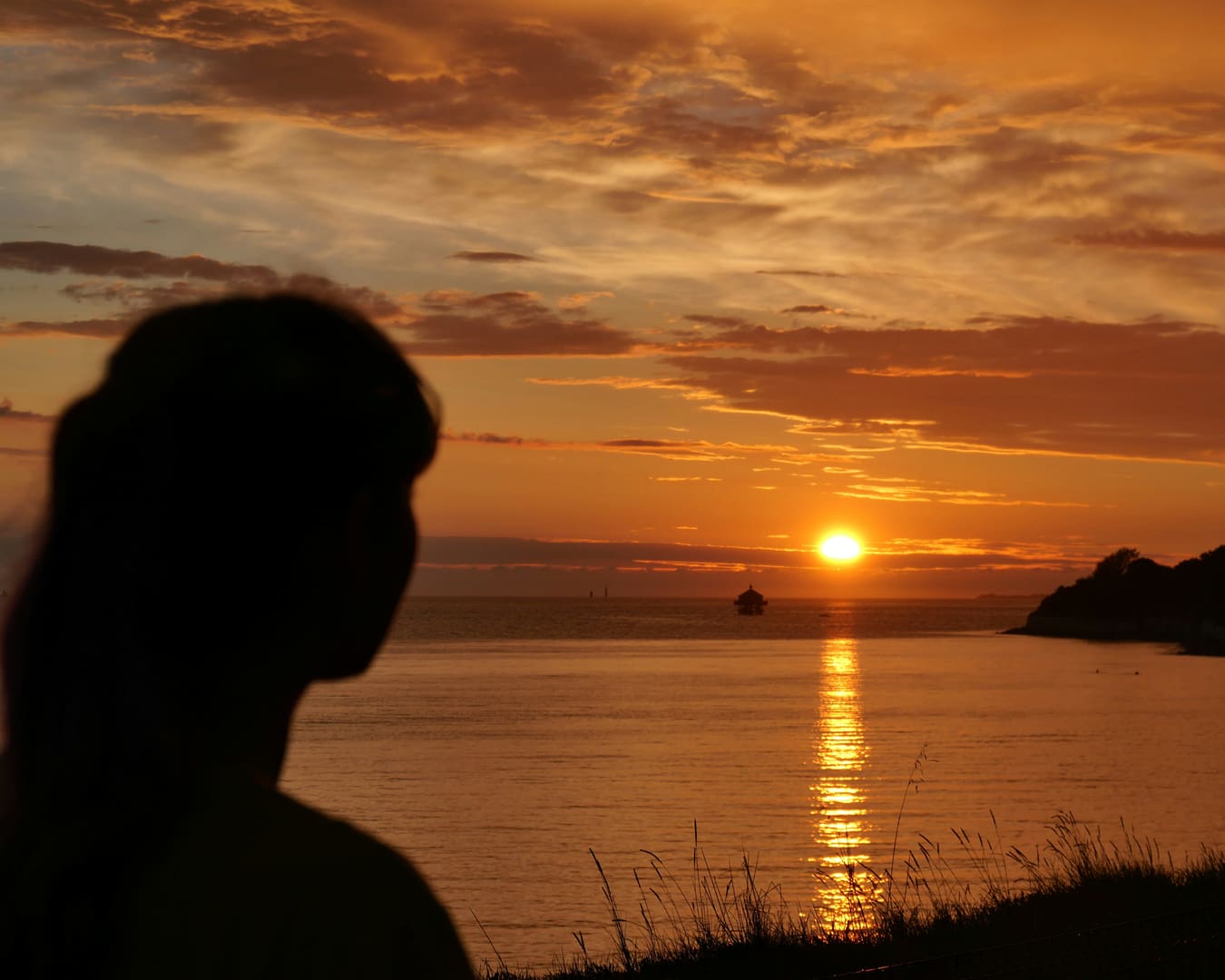
Although AI assisting with accommodation-booking is a win – human expertise is unparalleled. As Southan says, “while AI can provide valuable insights based on second-hand information, the authenticity of recommendations from friends, family and local experts will remain irreplaceable.”
For example, when I left Linguaglossa for Aci Castello in Sicily, Google Maps suggested taking an expensive taxi to catch a southbound train to Catania to then loop back north. So I asked Puglisi instead. Lo and behold, a local train stopped in Linguaglossa and continued along a scenic route to the coast – a saving of two hours and 50 EUR. This entire line has been ignored by Google for years, even with Puglisi repeatedly reporting the oversight.
Similar issues extend throughout the digital world. As Chayka covers in Filterworld, community-based navigation app Waze previously caused havoc by routing heavy traffic into sleepy neighbourhoods. And most have experienced the sinking feeling of rocking up to a seaside restaurant (rated 4.9 stars) only to discover it’s closed for August, or simply no longer there.
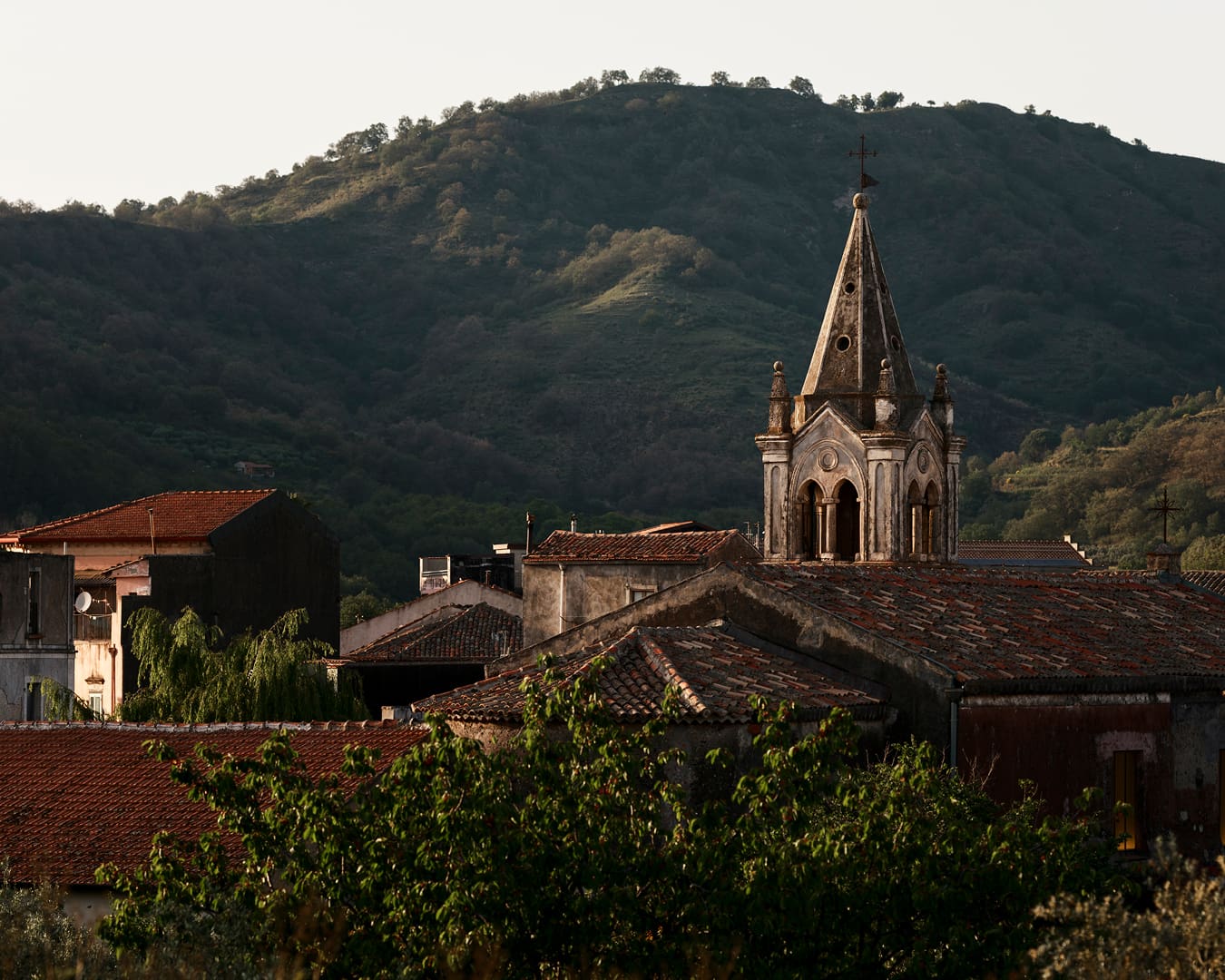
Time to get lost
Travel inspiration was once communicated via word of mouth or literature as people returned from far-flung voyages to regale others with their escapades. In the library at Palazzo Previtera, Puglisi and I came across a Venetian travel book from 1776. Flicking through Viaggio de Remuso by Giambattista Remusio, we found a mix of history and travel diaries detailing the exploits of Marco Polo among others, including what people wore and how much things cost as well as local customs and routes. In other words, old-school travel content.
No matter how you come by it, human knowledge rules. Southan predicts the market for concierge services will increase in tandem with AI-outfitted online travel services. Ross Belfer of boutique communications agency RG2 agrees, and has skin in the game with his hyper-local concierge platform, EagerTourist. As he shares: “You don’t want to end up by the ocean mid-jellyfish season. You need locals to share their knowledge and recommendations to curate that destination for you. They are the actual tastemakers – not luxury travel companies or influencers.”
EagerTourist uses a network of local guides, which grew organically as friends added friends. Some were literally stumbled upon: “I met a couple drinking vodka and smoking pot in Dubrovnik at 11pm,” he says. “Ten years ago, there was no Airbnb, you’d just rent an apartment from a local leaving for summer. I learned more about Croatia in 30 minutes with them than five days of research at home.” As for those for whom human concierges are beyond budget, Belfer advises getting lost. “Get a map. You have to be aware of your surroundings when actively navigating instead of turning left or right as dictated by a phone. Get going, get lost, talk to people, and lose yourself in those moments.”
